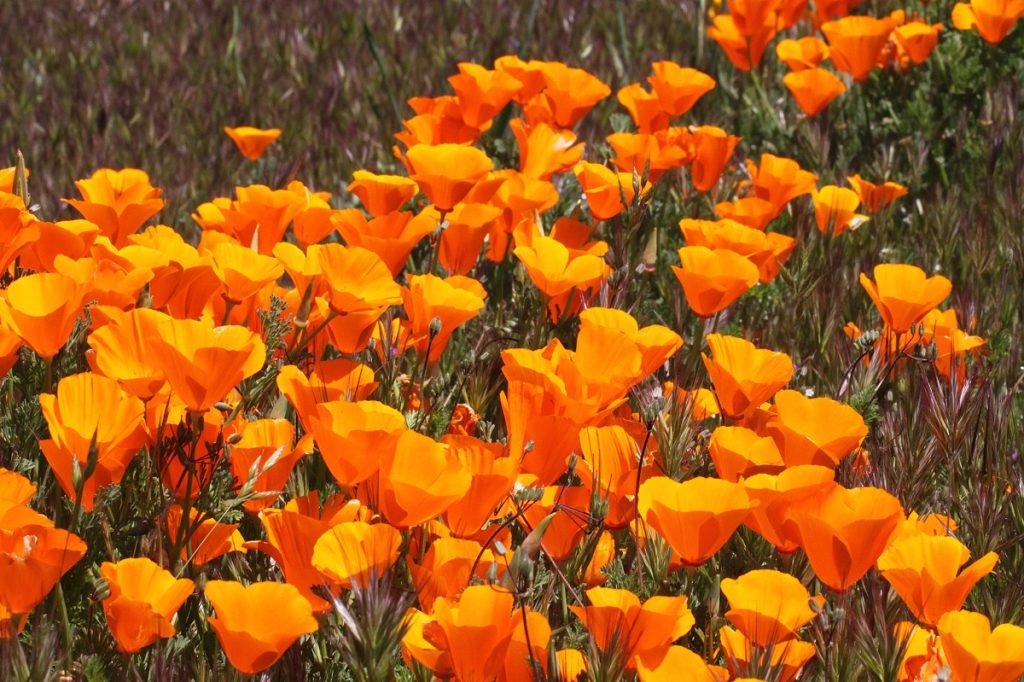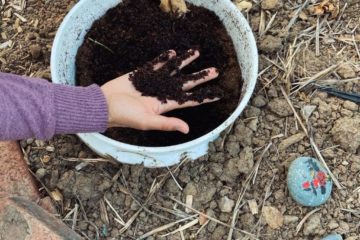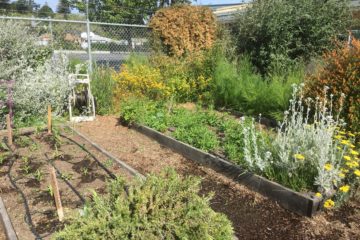Written by Sophie Djen, Agriculture and Design Intern
I had the pleasure of speaking with Junko Bryant, the Co-Executive Director, from Grassroots Ecology to talk about all things native plants! But first, why are native plants important? Native plants are an important part of our ecosystem as they regulate pollinators, are low maintenance, and create more biodiversity in your backyard or any landscape. When plants are native to California or a certain area, they are more likely to be established quickly and grow into hardy, healthy plants. Native plants have been adapting and evolving for thousands of years and have learned to thrive in particular environments. Due to the fact that native plants have been adapting to its environment, they need less watering and fertilizer. This makes planting native plants a more sustainable practice in landscaping and more cost-effective. They also attract wildlife, from pollinators like bees and butterflies to small animals that are warm and cold-blooded, that are needed to keep our ecosystem running properly. With the natural wildlife that the plants bring in, it creates an environment that promotes a symbiotic relationship.
Native plants also provide many different forms, textures, colors, and bloom times. This diversity allows for a landscape to be stunning at any time of the year. Another missed benefit of native plants is that they can help improve the air quality. Since natives do not require mowing or other equipment that can pollute the air, this can help decrease pollution. Native plants also sequester carbon, removing harmful toxins from the air.
When talking with Junko about native plants she has had success with, it was so fun to learn about new natives and ones I have been familiar with. According to Bryant, here is a list of native plants that she has had success in growing in her backyard!
- Eschscholzia californica (california poppy), full sun
- Phacelia californica (rock phacelia), full sun
- Monardella villosa (coyote mint), full sun
- Achillea millefolium (yarrow), full sun
- Eriogonum fasciculatum (california buckwheat), full sun
- Epilobium canum (california fuschia), full sun
- Erigeron glaucus (seaside daisy), full sun
- Artemisia californica (california sagebrush), part shade
- Ribes sanguineum (red flowering currant), part shade
- Salvia sp., full sun/part shade
- Ceanothus sp., part shade
- Native wildflower mix, full sun
- Asclepias fascicularis (milkweed) full sun *Don’t plant the tropical version, Asclepias curassavica*
The list can go on and on, but this is a great start to a flourishing backyard! Gardening is fun, but remember to try and start planting more native plants as it can only benefit the environment and spruce up your space.

Sources:



0 Comments